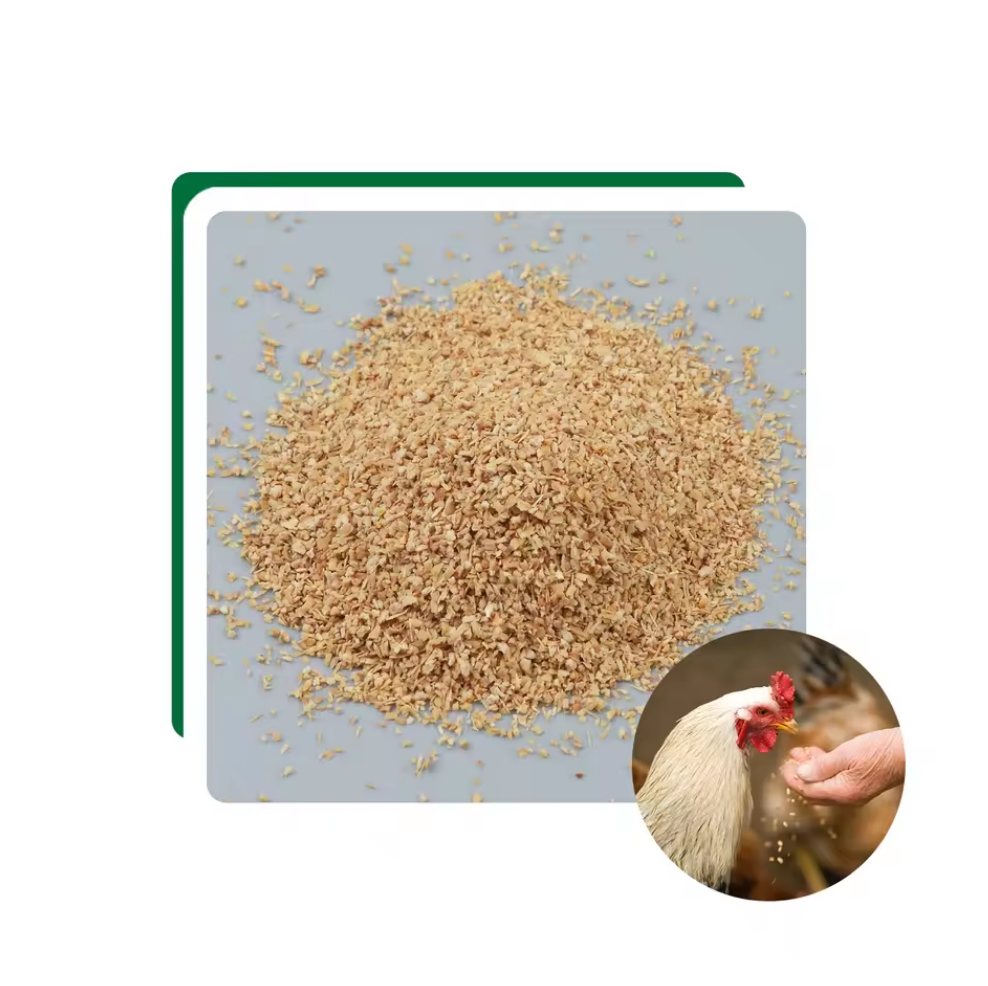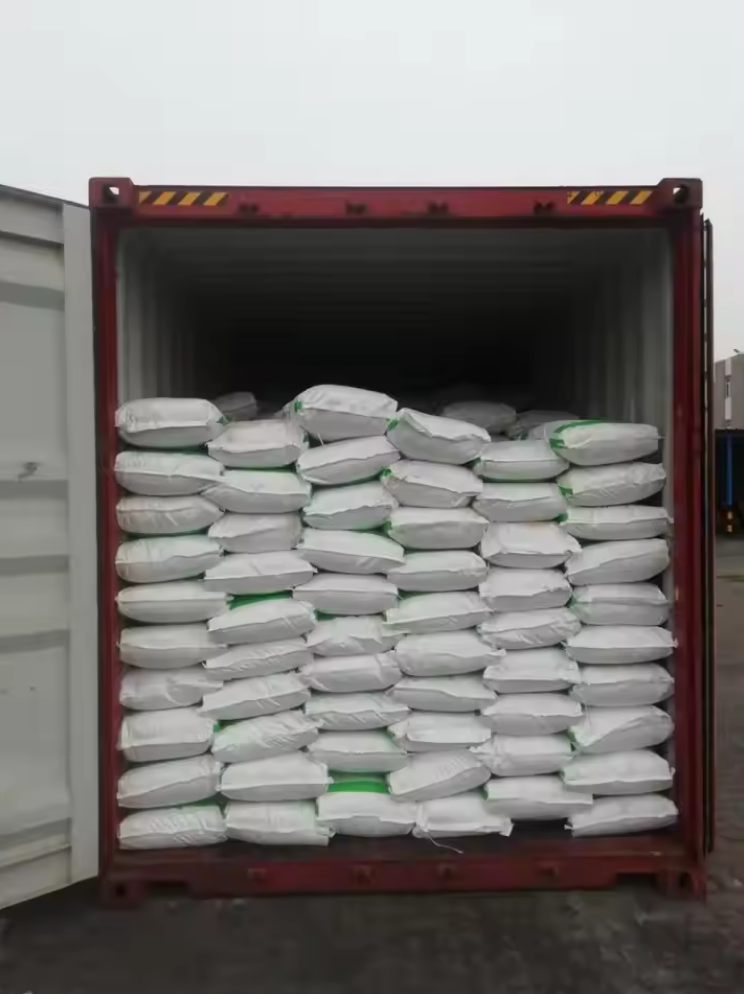Choline Chloride
-
Category:
Amine Derivatives
Your Questions and Comments
Your sales and customer service desk partners within China Amines Co will continue to serve you. You can also contact us via our headquarter office-
Email:info@chinaamines.com
China Amines Co
Product Profile
1. Chemical Structure and Properties
Molecular Formula: C₅H₁₄ClNO
Structural Formula: [(CH₃)₃N⁺CH₂CH₂OH]Cl – A quaternary ammonium salt with a hydroxyl group.
Physical Properties:
Appearance: White crystalline powder or colorless hygroscopic solid; also available as 70–75% aqueous solution.
Melting Point: 302°C (decomposes).
Density: 1.1 g/cm³ (solid).
Solubility: Fully miscible in water, ethanol, and methanol; strongly hygroscopic.
Chemical Properties:
Stable under ambient conditions; decomposes on heating to release trimethylamine and HCl.
Compatible with vitamins, amino acids, and most minerals in feed formulations.
2. Industrial Applications
Animal Nutrition:
Used as a vital feed additive for poultry, swine, and cattle. Prevents fatty liver syndrome and supports growth.
Market share: Accounts for ~80% of global choline chloride demand.
Food Industry:
Approved as a dietary supplement (vitamin B4), added to health foods and beverages.
Pharmaceuticals:
Precursor for acetylcholine biosynthesis; supports neurological functions.
Agriculture:
Plant growth promoter and leaf fertilizer to improve stress resistance and crop yields.
Industrial Uses:
Intermediate in amino resin production, and as a base material for ionic liquids.
3. Safety and Toxicology
Health Hazards:
Low toxicity; essential nutrient for humans and animals.
Overexposure may cause sweating, gastrointestinal discomfort, or hypotension.
Inhalation: Dust or aerosols may cause mild respiratory irritation.
Skin/Eye Contact: Hygroscopic nature may cause irritation upon prolonged contact.
Flammability: Non-flammable, but decomposition releases toxic gases (HCl, trimethylamine).
Protection Measures: Use gloves, goggles, and dust masks during handling.
4. Environmental and Regulatory Compliance
Environmental Impact:
Readily biodegradable; minimal environmental hazard.
Aquatic toxicity is low (LC50 > 1,000 mg/L for fish).
Regulatory Frameworks:
EU REACH: Registered.
FDA (USA): Approved as GRAS (Generally Recognized As Safe) for food and feed.
China: Listed in GB standards for feed additives.
Transport: Not classified as hazardous under UN transport regulations.
5. Case Studies and Application Insights
Case 1: Poultry Farming
Application: Supplementation of broiler feed with 500 mg/kg choline chloride.
Result: Improved weight gain and feed efficiency by ~10%.
Case 2: Crop Fertilization
Application: Foliar spray with 0.5% choline chloride solution on rice.
Result: Increased drought resistance and yield by ~12%.
Comparative Analysis:
Pros: High bioavailability, cost-effective source of choline.
Cons: Strong hygroscopicity requires careful storage and handling.



